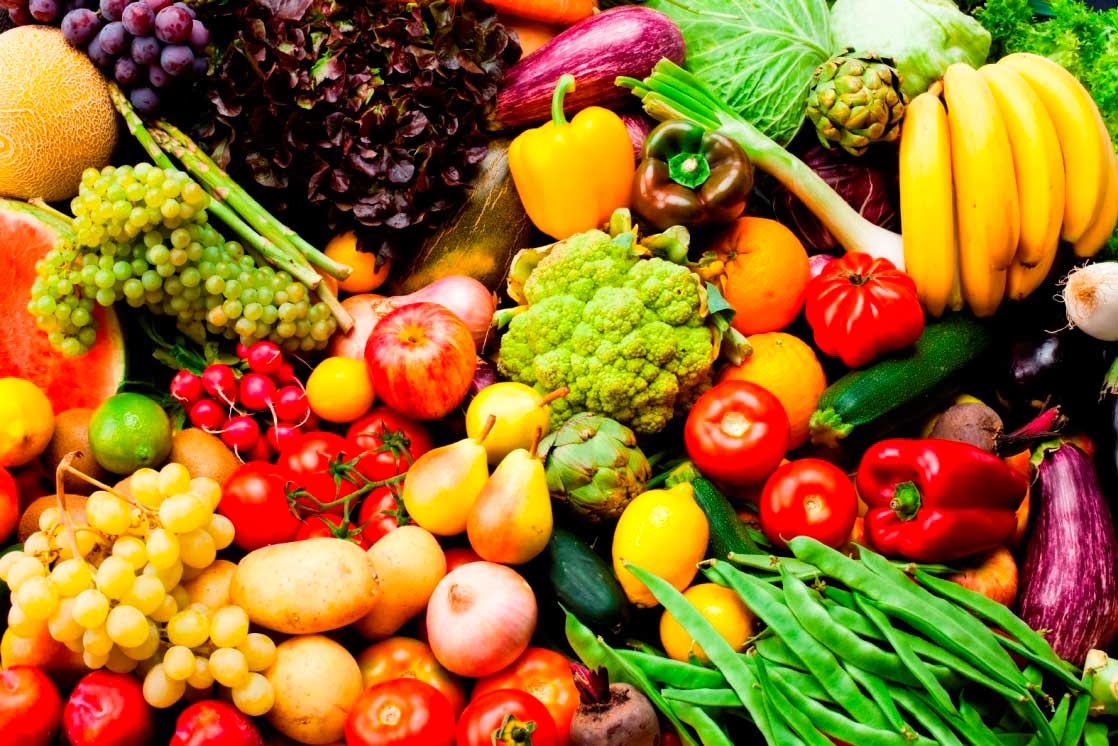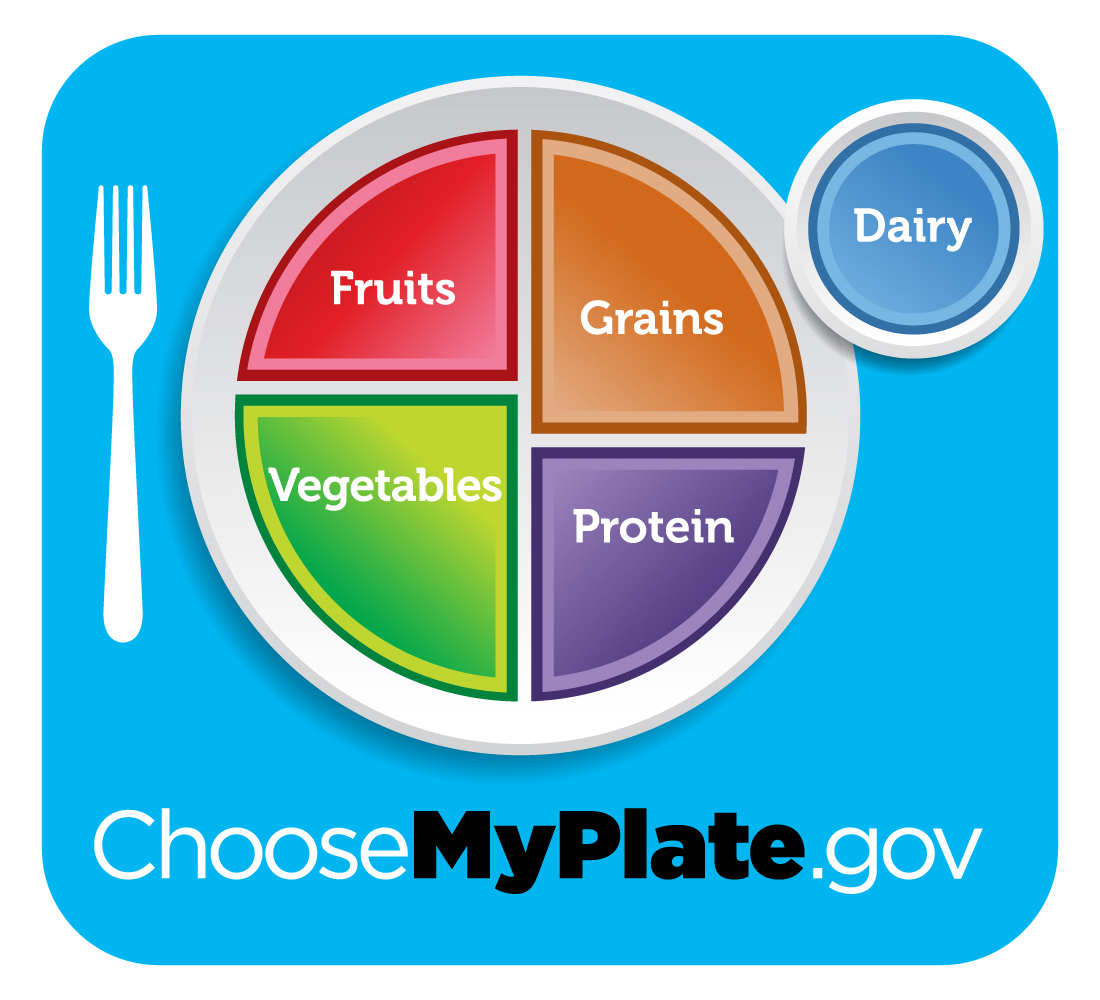Posts Tagged ‘Healthy Diet’
Eating Well–Food for Thought. By Our September Student Pharmacist, Kevin Lanning.
Eating well provides many health benefits we have all heard time after time. Achieving a healthy diet can lower blood pressure, improve blood sugar and cholesterol, and reduce weight. However, many still do not know how to eat a well-balanced plate. Smalls changes in diet can have a significant effect on health.
We all know about the food pyramid we were taught as children in school. This iconic diagram was revised recently with a new design called MyPlate (picture below) with the intention of making a healthy diet easier to understand.
MyPlate consists of five food groups that are the building blocks for a healthy diet–similar to the food pyramid. Think about what goes on your plate or in your bowl any time you make a meal. The food plate includes fruits, vegetables, grains, proteins, and dairy. An ideal plate should have each of these.
Let’s first talk about the vegetable portion of the plate since it is probably everyone’s least favorite. Anytime you make a meal, you should always try to incorporate at least one vegetable. With all the different vegetable options, everyone should be able to find one veggie they like.
Some veggies are healthier than others. For example, peas and corn are very starchy vegetables and are high in sugar. These are ones you should try to avoid as your vegetables. Dark green, red, or orange vegetables are good options. If your current diet consists of a few vegetables weekly, make a goal to eat at least one veggie a day and work your way up. A good goal is around three cups daily for adults.
Fruit is another important area of the plate. On average, most adults should be getting around two cups of fruit daily. Like vegetables, we should try and incorporate some type of fruit with each meal. Fruit is also another great option for a snack instead of eating a candy bar or drinking soda. Some fruits also have much more sugar than other fruits. Some fruits with lower sugar, for example, include grapefruits, kiwi, grapes, and berries.
Let’s discuss the last parts of the MyPlate meal diagram. Most of our calories come from grains due to their high amounts of carbohydrates which turn into sugar. Grains include things like bread and pasta. The main thing to watch for with grains is portion control and not eating too much. In general, grains should make up one quarter of your plate. Guidelines state we should, on average, only have three to four ounce equivalents daily of grains. One slice of bread, one cup of cereal, a half cup of cooked rice, or a half cup of cooked pasta is considered a one ounce equivalent.
Proteins should also make up one quarter of your plate for each meal.
It is also important to incorporate dairy into meals. The daily recommendation is three cups of dairy daily, which could include milk, yogurt, or cheeses.
Having a well-balanced diet can make you feel better and also provide you with more energy.
For more information about MyPlate and nutritional facts, visit the website at http://www.choosemyplate.gov/about.
Eat healthy and stay well!
Five Tips to Build a Healthy Diet. By Our Pharmacy Student (Who is Also a Dietician, so You Better Listen!), Emma Robinow
Eating healthy is hard, especially with the hectic schedules that most Americans have today. Here are five tips to help you build a healthy diet:
- Make at least half your grains whole grains – look for the words “100% whole grain” or “100% whole wheat” in the ingredients section of the food label. Another easy way to spot whole grains is to look for the whole grain stamp on the front of the package. A simple way to increase whole grains in your diet is to choose brown rice instead of white.
- Satisfy your sweet tooth – save sweet items such as yogurt or fruit for the end of your meal. This will help you increase dairy and/or fruit intake and satisfy your sweet tooth at the same time. Some tasty dessert options include grilled peaches or yogurt topped with fruit and granola.
- Add more fruits and vegetables to your diet – try to fill up half of your plate with fruits and vegetables at each meal. Choosing a variety of colors will help ensure you get a variety of vitamins and minerals. Frozen vegetables are just as nutritious as fresh vegetables and are an easy way to keep vegetables on hand at home.
- Choose lean protein – there are many ways to incorporate lean protein into your diet. Good choices include lean beef or pork, chicken, turkey, beans, peas, or tofu. Try to eat at least two servings of seafood, such as salmon, trout, or herring each week.
- Use a smaller plate and savor your meal – eating slowly and truly enjoying the taste, color, and texture of your meal will help you to feel satisfied and may keep you from eating too much at one sitting. Using a smaller plate (a salad plate instead of a dinner plate) can also help control portions and keep you satisfied.
For more information such as healthy eating on a budget, menu and recipe plans, and a free food and physical activity tracker go to www.choosemyplate.gov.




